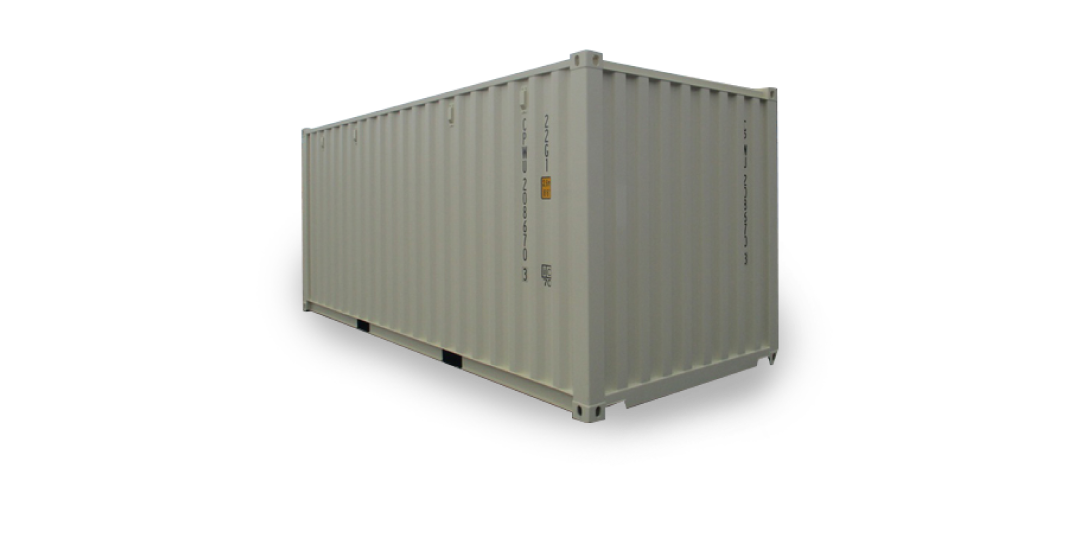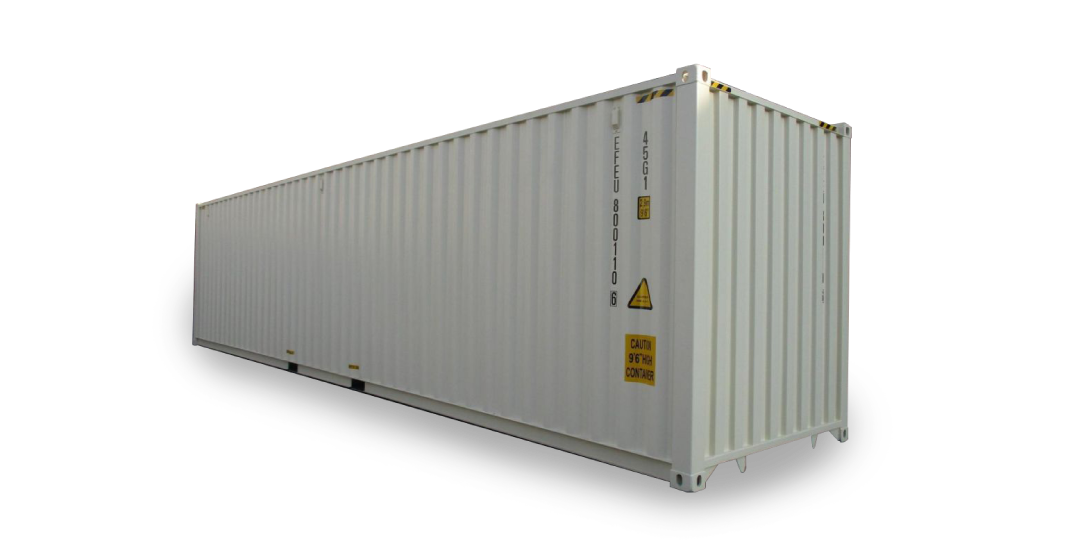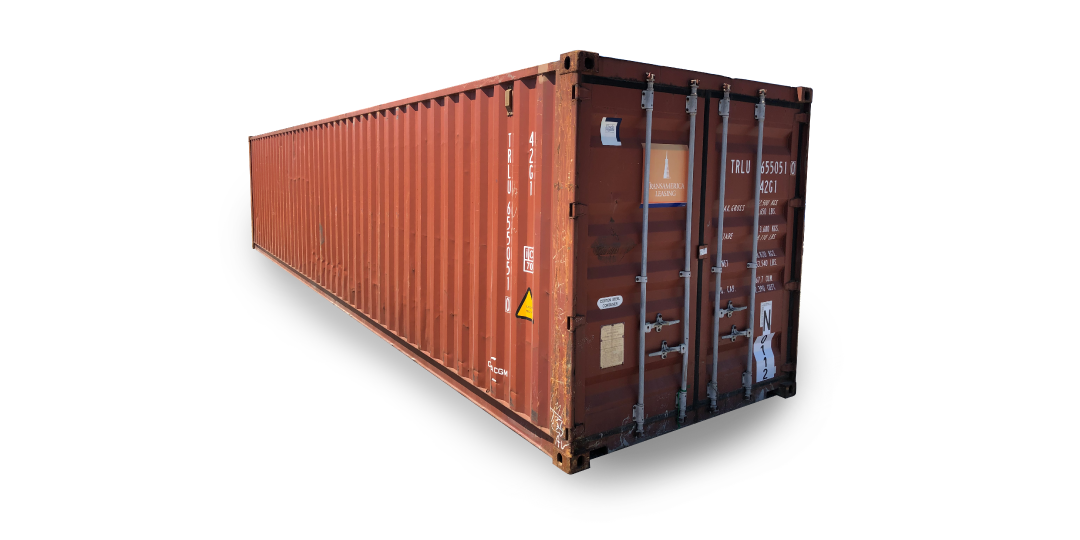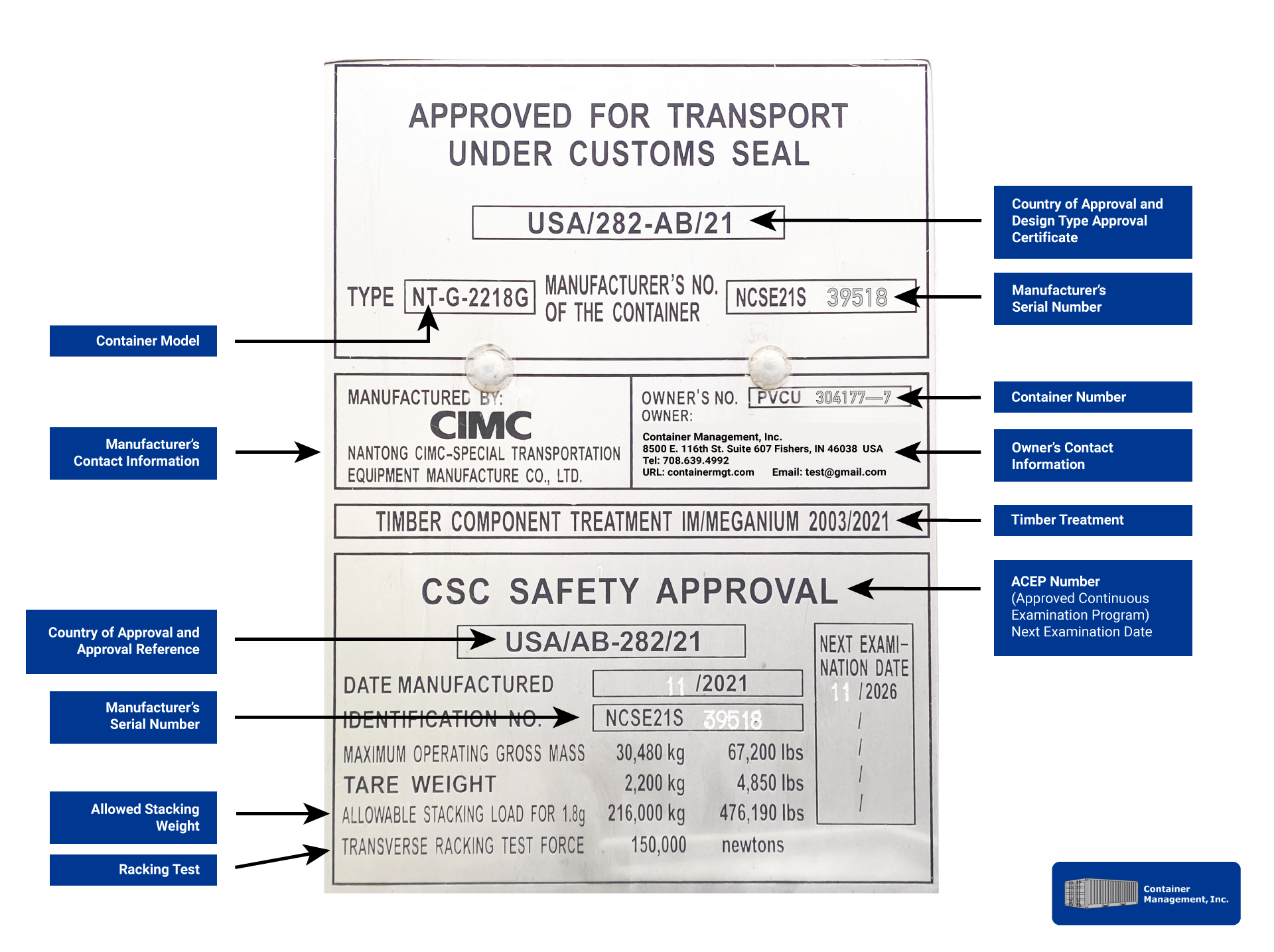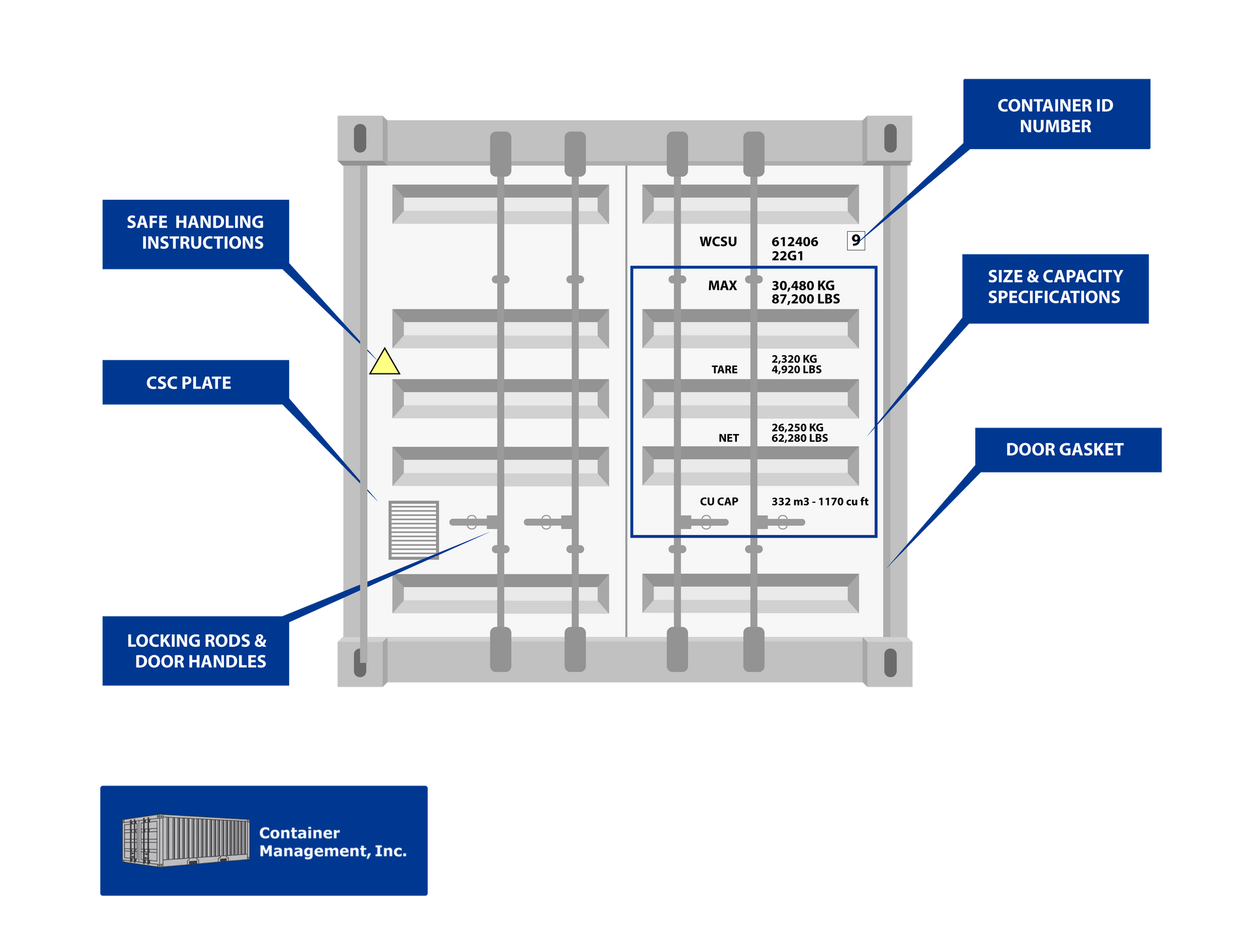About Shipping Containers
For the last number of years new shipping containers have been made of Corten steel. Corten steel is deemed one of the highest grades of steel available. Used containers are made of heavy-duty, corrugated steel. As Corten steel containers are depreciated out of steamship line and leasing company fleets, we will begin to see a higher percentage of Corten steel in used containers.
Shipping containers are available in various sizes, grades, and types. The most common, both new and used, are 20’, 40’, and 40’ High Cube containers. In addition, we are expecting to see used 53’ High Cube containers entering the used market in the next few years.
Used containers come equipped with double doors, one end only; while new containers are available with double doors, one end, or double doors, both ends. Shipping containers continue to be built today with 1 1/8” laminated, marine-grade plywood floors. The industry is looking at utilizing composite material floor installations in the future. All new and used 20’ containers will have fork-lift pockets in the bottom rail.
Shipping Containers For Sale
Container Management, Inc. is proud to offer a variety of shipping containers to meet your needs. Whether you're looking for new, used, 20-foot, 40-foot, or High Cube containers (HC) – we have affordable options for you to explore.
Shipping Container Uses
Here are some of the many ways containers are currently being used:
Each Container Is Graded
Along with size and specification, each container is graded. Grade is an important factor to consider when purchasing a shipping container.
Learn more about
shipping container grades.
How to Read CSC Plates on Your Shipping Containers
The CSC plate (Convention for Safe Containers) is a mandatory safety approval plate required for international transport. This plate ensures that a container meets international safety regulations set by international standardization organizations.
Your CSC plate is permanently attached to the left-hand door of the shipping container. It's usually made of metal and riveted in place.
Please check out our in-depth CSC plate guide for more information.
How to Read Operational Markings
Containers are also labeled with specific shipping container codes that provide details about their size and type codes, weight limits, and stacking capabilities. This can usually be found on the back right door of your shipping container.
Please check out our in-depth Container Marking guide for more information.
| Marking | Definition |
|---|---|
| ISO Code | Indicates the container's type and size based on the ISO 6346 standard. |
| Size and Type Codes | A combination of capital letters and numbers specifying the container’s dimensions and use. |
| Maximum Gross Weight | The total weight of a fully loaded container, including cargo. |
| Tare Weight | The weight of the empty container. |
| Net Weight | The maximum allowable cargo weight. |
| Cubic Capacity | The container’s internal volume. |

